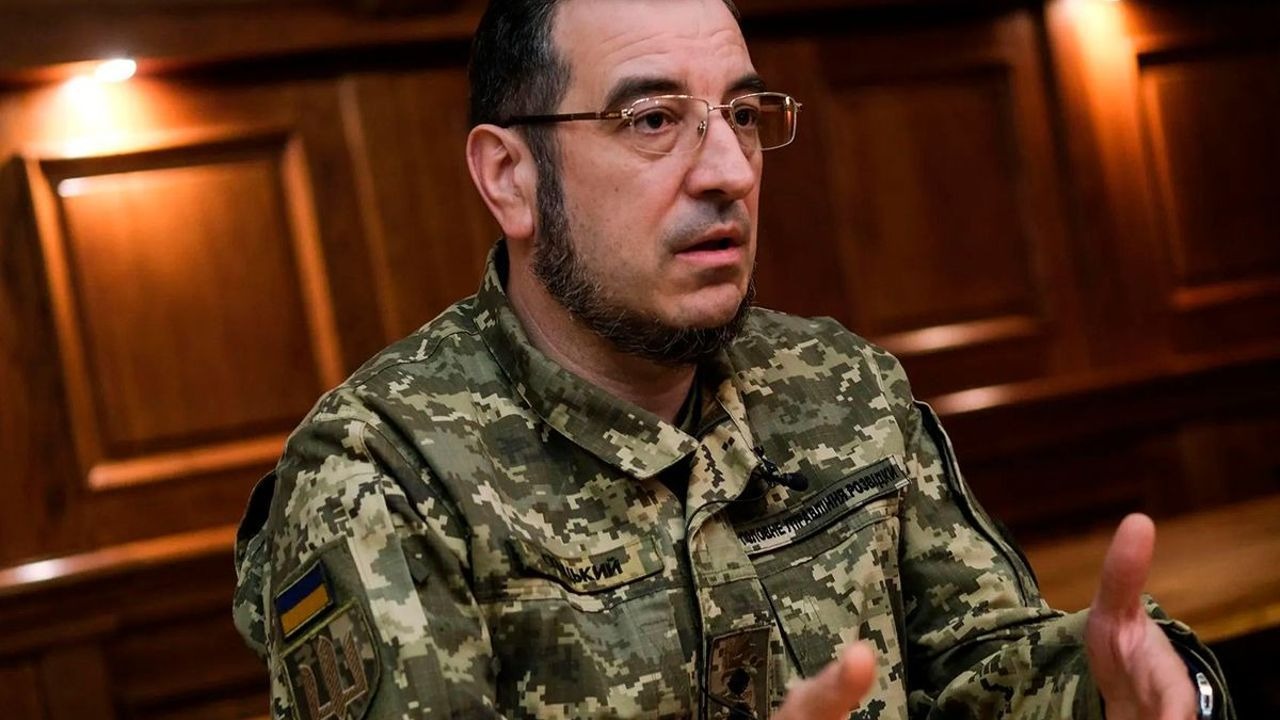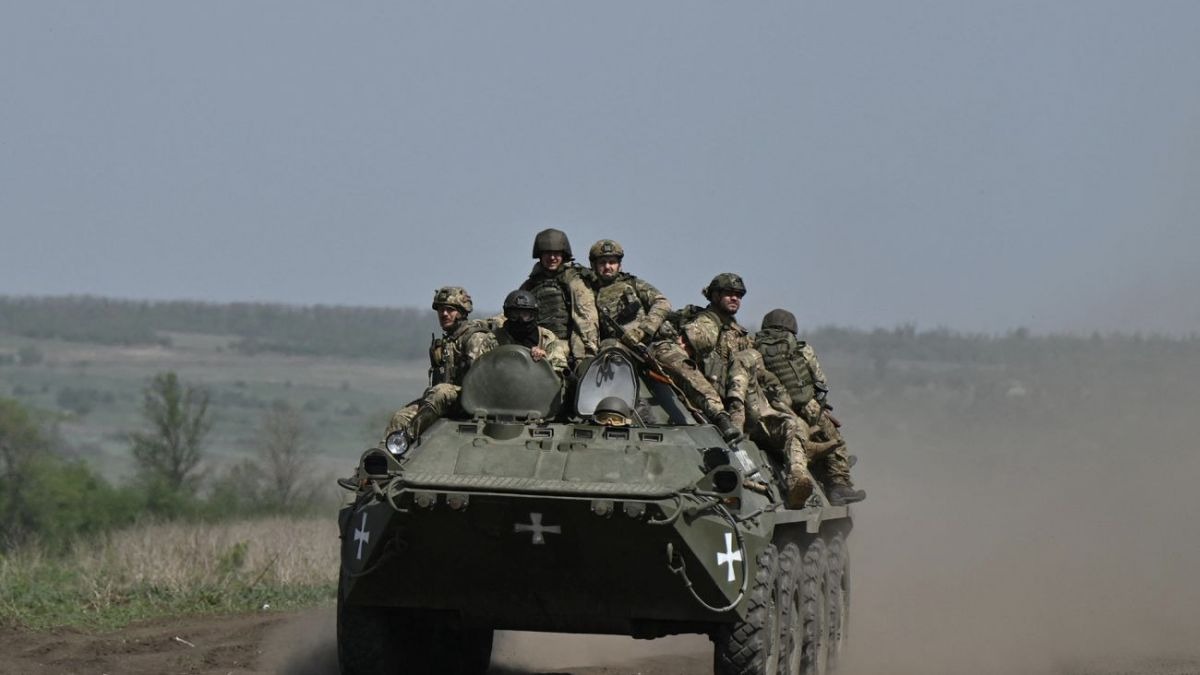Major General Vadym Skibitsky, a military intelligence deputy head, warned in an interview with The Economist published on May 2 that the fall of the strategic Donetsk Oblast town of Chasiv Yar is likely inevitable, albeit not imminent.
He emphasized that the timeline depends on Ukraine’s reserves and supplies. Russian forces have shifted their focus to Chasiv Yar, an elevated town that offers a potential gateway to further advances in the oblast, following their capture of Avdiivka in February.
Ukraine is also facing challenges near the village of Ocheretyne, where Moscow’s troops have reportedly created a salient. Skibitsky believes Russia’s primary objective is to capture the remaining areas of Donetsk and Luhansk oblasts.

Major General Vadym Skibitsky (Credits: Turkiye Newspaper)
He also suggests that the Kremlin is preparing for an offensive in northeastern Sumy and Kharkiv oblasts, potentially beginning in late May or early June, a timeline echoed by other Ukrainian officials.
Russia’s forces around the Kharkiv Oblast border currently number 35,000 but are expected to expand to 50,000-70,000 troops. While this may not be sufficient to capture major cities, it could be enough for smaller operations, Skibitsky noted.
May will be a crucial month, as Russia is preparing a three-step plan to destabilize Ukraine, starting with military pressure, followed by a disinformation campaign aimed at undermining Ukrainian leadership and mobilization efforts, and finally, attempting to isolate Ukraine internationally.

DIU says it’s only a matter of time before Chasovyi Yar is lost (Credits: RBC-Ukraine)
The delayed passage of the $61 billion aid bill by the U.S. has raised concerns, as it may take weeks for the aid to impact the battlefield, giving Russia an opportunity to press forward. Ukraine’s manpower situation has somewhat improved since December 2023, but the emergency is far from over.
Skibitsky emphasized that battlefield victories alone will not be enough to end the war, and that treaties will be necessary. He estimates that real talks may begin in the second half of 2025 at the earliest, when Russia will also face huge challenges due to a shortage of materials and engineers, causing its arms production to plateau by early 2026.























